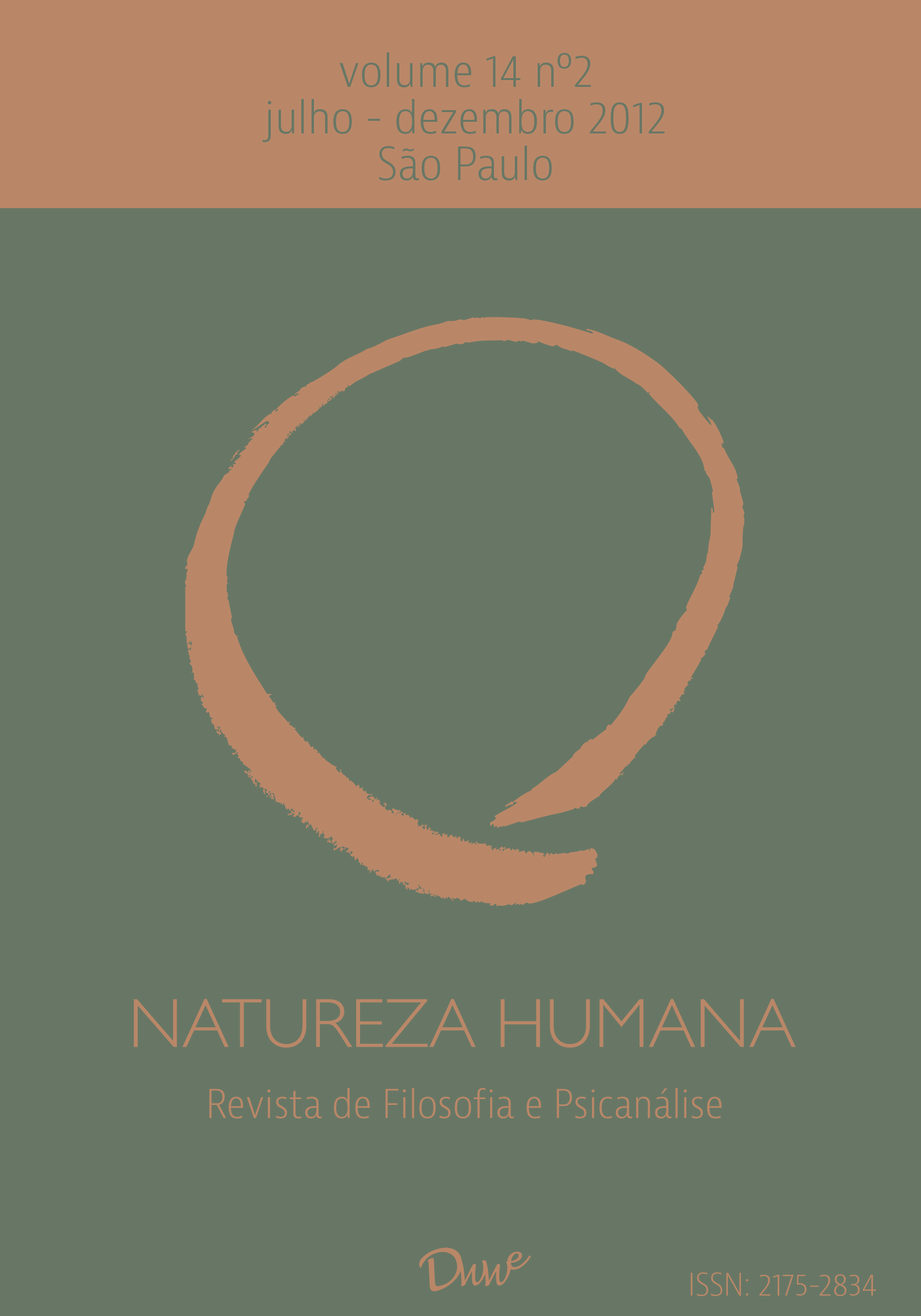The referential-constraining function of the formal indications
DOI:
https://doi.org/10.59539/2175-2834-v14n2-1002Keywords:
Heidegger; formal indication; statement; regard; possibility.Abstract
This work is part of a broader effort to elucidate in clear and precise terms what Heidegger means when proposing that the claims of the existential analysis should be understood as formal indications. In this exercise I try to explain the so named referential-constraining function of statements uttered with this qualification. By this function, it is assumed that the formal indication puts off the natural tendency to understanding statements as corresponding to objects and refers in a non-objectifying way to the existential of being-in-the-world. It is not clear which sort of reference is that, for it occurs trough statements that have the same grammatical form of ordinary ones. I try to overcome some ambiguities in the "semantics" of "Being and Time" (§ 17) with the notion of regard (Bezug), which can be aimed both at the effectiveness of the entity's attributes, as it happens with the ordinary statements, and at the entity in its possibilities of being in a conjunctural whole that is assumed between speakers, as we can see in pragmatic, artistic and poetic exemplifications, and in the "how to" instructions. My proposal is that the referential function of the formal indication is a case of regard in the modality of possibility and comprises a specific hermeneutic prescription: take the statement passing over actuality, and pay attention to the modal assumptions that are implicit in the understanding of being where it takes place and has its meaning.Downloads
Published
2024-10-02 — Updated on 2012-10-02
How to Cite
Fonseca, F. F. M. da. (2012). The referential-constraining function of the formal indications. Human Nature - International Philosophy and Psychology Review, 14(2), 95–119. https://doi.org/10.59539/2175-2834-v14n2-1002
Issue
Section
Artigos








